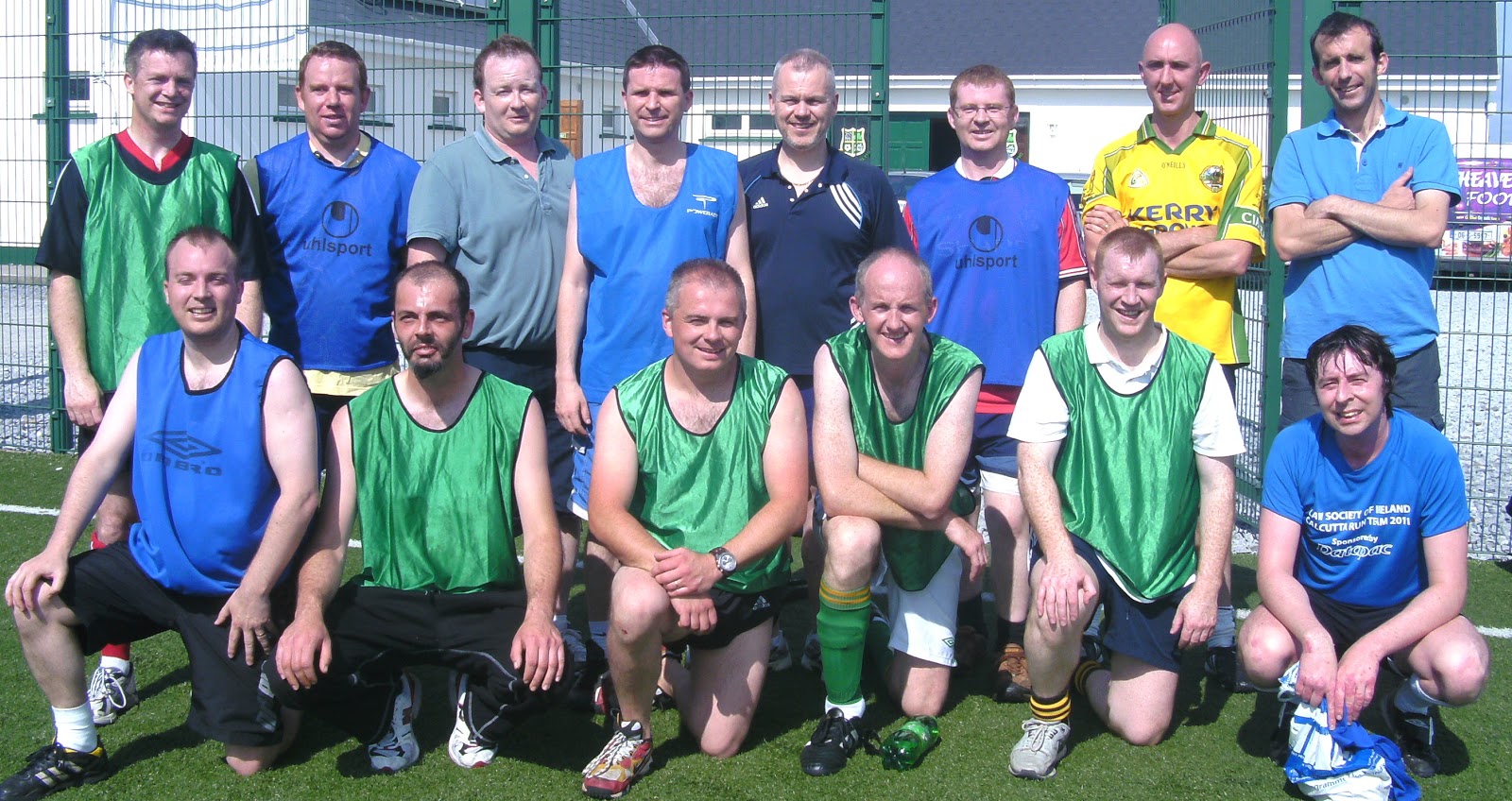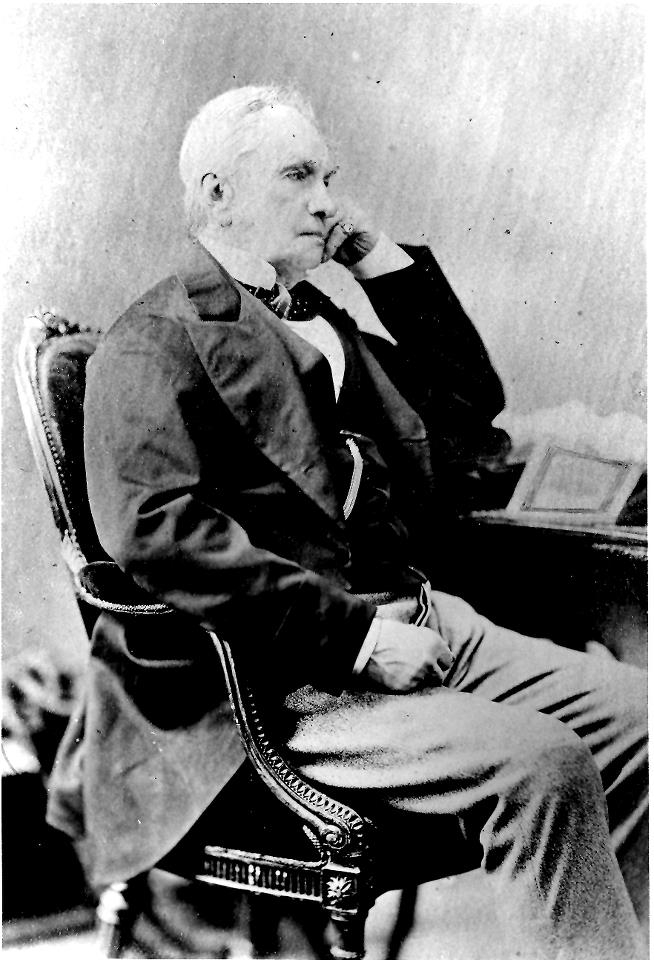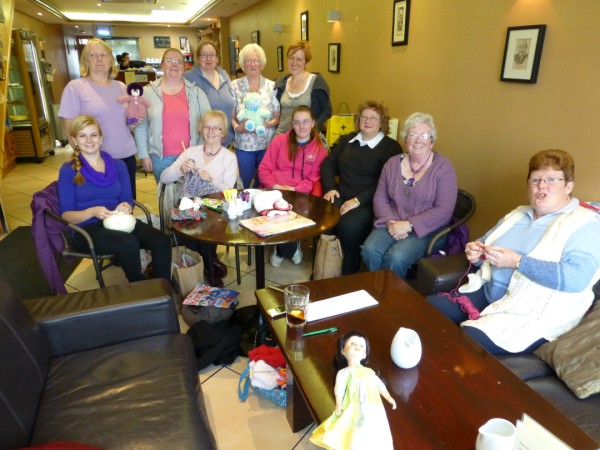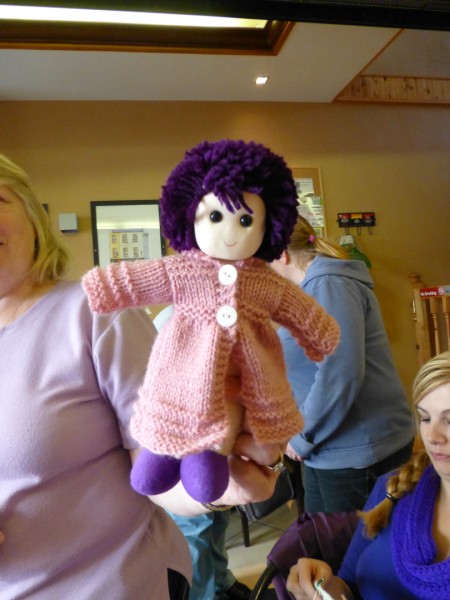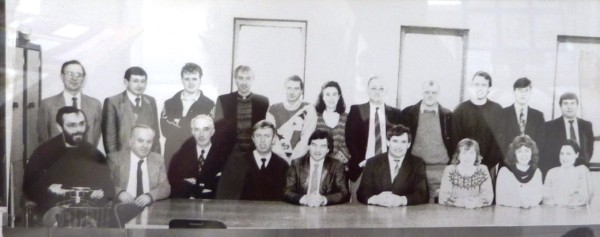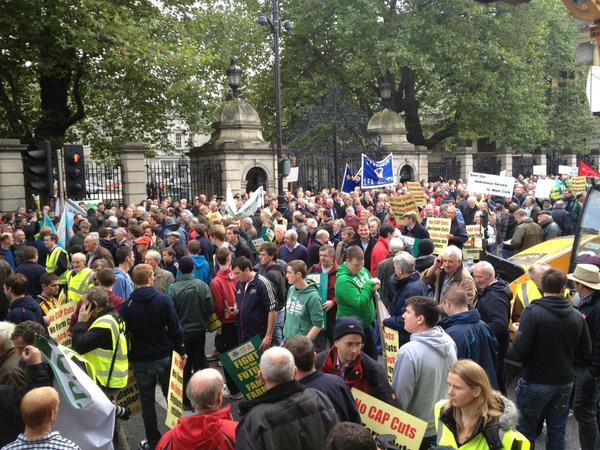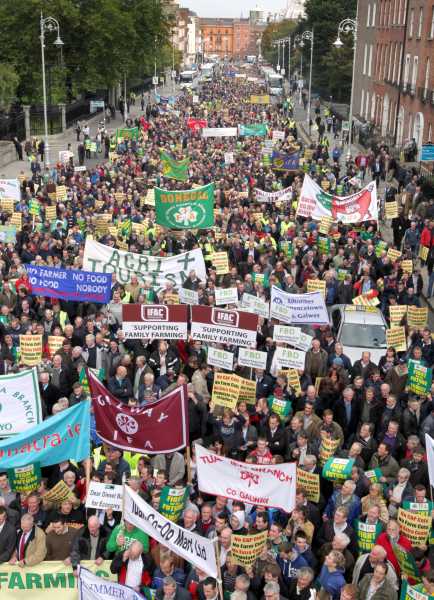
Boat in the Shannon Estuary, photographed from Bromore Cliffs by Mike Flahive in November 2013.
<<<<<
Another one from Dan Doyle

Dan is third from left at the back.
<<<<<<<

St. Michaels’ extension under construction…not sure of the year.
<<<<<<<<
Back to Listowel. Ontario. It would appear that we were twinned with that town and a delegation came to Listowel, Co. Kerry in 1967. They dressed in traditional costumes as they were celebrating their town’s centenary. There are photos in the Kennelly Archive. Tom Fitzgerald found them here
http://www.kennellyarchive.com/id/QVS007/
Anyone among you readers remember the event? The late John B. Keane and Michael Kennelly are recognisable in the photos.
<<<<<<<
Then and Now




<<<<<

Norwich council taking delivery of its first computer!!!!!
<<<<><<<
This next story comes from a great website; Irish Central.
Mary
Helen Lagasse is an award winning author based in New Orleans.
She is currently researching her latest book on the Irish who died while
building the New Basin Canal. By the time the canal opened in 1838, 8,000 Irish laborers
had succumbed to cholera and yellow fever. She is appealing for anyone with
information about their ancestors who may have been involved in the
construction to get in touch with her. She can be reached at mhl5sol@cox.net.
In 1832,
in the Second Municipality, sometimes called the American Sector, an area
upriver from Canal St., the arduous task of digging the New Orleans Navigation Canal, later known as
the New Basin Canal, began.
“Paddies”
slipped into the swamp to dig with pick and shovel the mosquito-infested ditch
that would be the new 60-ft. wide 6.07 mile long shipping canal. There was no
dynamite, nothing but wheel-barrows with which they’d haul the sludge out of
the ditch on inclined planks. And there was no way for them to drain the
relentless seepage but with pumps invented by Archimedes in 287 B.C.
The
builders of the city’s New Basin Canal expressed a preference for Irish over
slave labor for the reason that a dead Irishman could be replaced in minutes at
no cost, while a dead slave resulted in the loss of more than one thousand
dollars.
Laboring
in hip-deep water, the Irish immigrant diggers, who had little resistance to
yellow fever, malaria, and cholera, died in inestimable numbers. Six years
after construction began, when the canal opened for traffic in 1838, hundreds
if not thousands of Irish laborers would never see their homes again. It was
the worst single disaster to befall the Irish in their
entire history in New
Orleans.
This is
the preface and focal point of my work-in-progress, working title “Bridget
Fury,” a novel based on the building of New Basin Canal and of the tragic
consequences for the Irish immigrant laborers, many of who died from disease and
exhaustion and were buried in shallow graves alongside the fetid ditches.
<<<<<<
Listowel Ontario and the Listowel,Kerry connection
Maeve Moloney pointed me in the direction of Wikipaedia for this;
Settler John Binning arrived in 1857 and was the first to create a permanent residence in the area. The community was originally named Mapleton, but the name was changed when a post office was established. The new name was chosen by a government official and refers to Listowel, Ireland. The majority of early settlers were of Protestant Irish origin (Ulster Scots Planters, or English Planters). Incorporated in 1867 as a village and in 1875 as a town, Listowel is now part of the town of North Perth.[2]
Listowel has a large Irish festival, called Paddyfest, which is held over the two weeks surrounding St. Patrick’s Day. The festival was first started in 1977 from an idea put forth by Dave Murtha to honour the large numbers of persons of Irish ancestry present in the Listowel area and is largely maintained by the Kinsmen and Kinette clubs of Listowel.
The official spokesperson for Paddyfest is chosen yearly in the Paddyfest Ambassador Competition. Contestants must perform a speech, impromptu question and interview with the judges and receive the overall highest score to be awarded this position. A separate award of Talent is given out to the contestant with the highest score in the talent competition. Runner-up and Congeniality are also awards which are available. Although the Paddyfest Ambassador Competition changed its name and official status from being Miss Paddyfest when first created, a male has yet to win the title.
(Now wouldn’t it be interesting to find out who that Listowel man was.)

